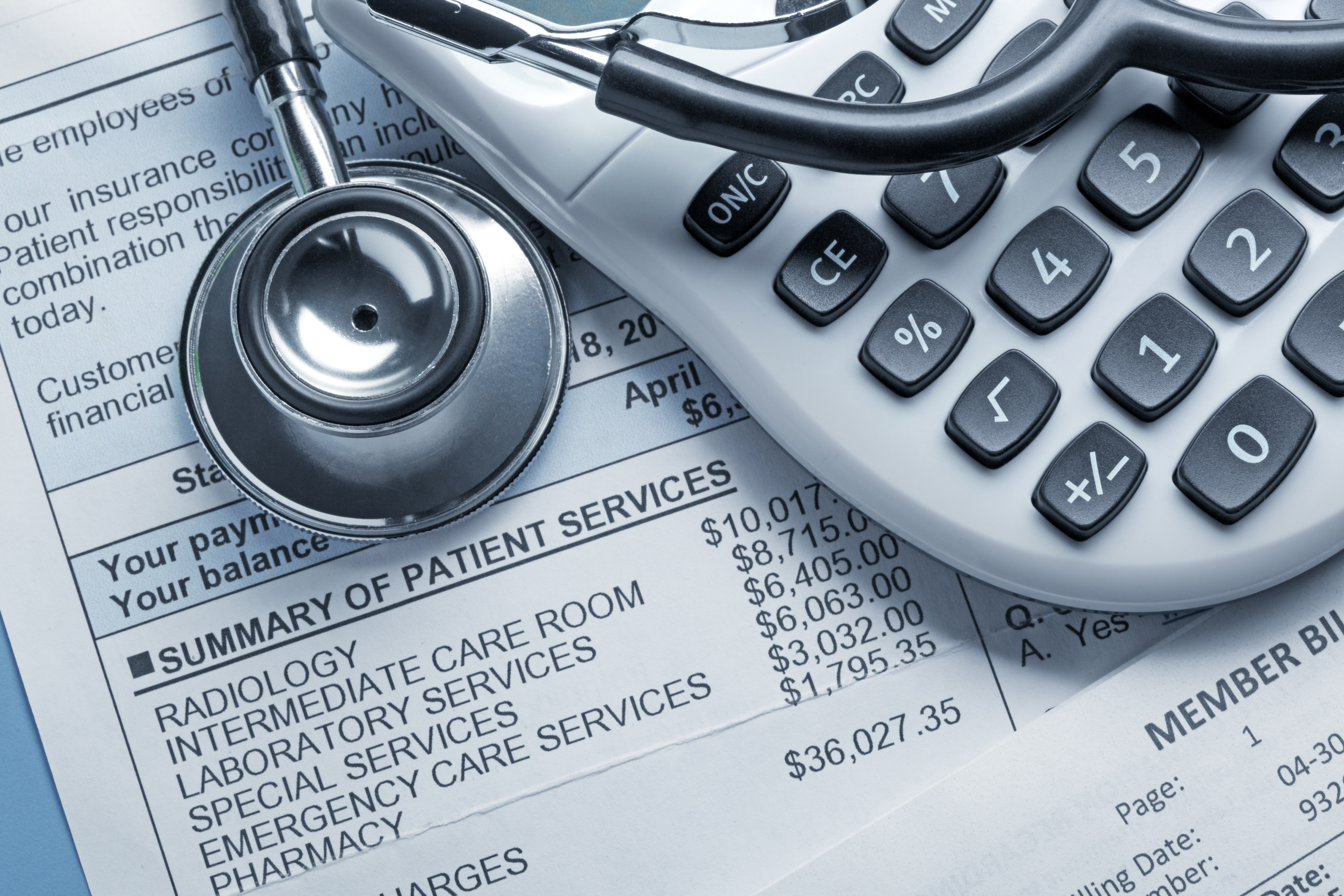
How to curb health care costs
Better align what hospitals charge commercially insured patients with hospitals' expenses
Hospitals charge commercial payers far more than is needed to cover their expenses, with people who pay insurance premiums ultimately paying the price.

Hospitals charge commercial payers far more than is needed to cover their expenses, with people who pay insurance premiums ultimately paying the price. Information on how much commercial insurance companies paid to Oregon hospitals in 2018 and 2019 reveals hospitals received amounts well above their “break-even amount” – the cost of providing care to commercially insured patients plus make up for any deficit from government health care programs, uncompensated care, expenses disallowed under Medicare cost rules (excluding physician direct patient care reimbursed under other methods), and other income and expenses.
The report uses data from NASHP’s database of hospital prices and break-even calculations to compare Oregon hospitals. Key findings include:
- In 2019, 51 out of 55 Oregon hospitals reviewed charged prices higher than break-even levels to commercially insured patients. Among these hospitals, the median charge was 60% more than their break-even amount.
- Those 51 hospitals also had a median operating profit margin of 17%, with a collective operating profit of $2.2 billion.
If hospitals charged an amount closer to the cost of providing care, total health care spending could be lower. Lower spending could potentially enable a reduction in premiums for commercial insurance and decrease financial pressures on consumers, while still enabling hospitals to cover their costs.
Oregon should strive to enforce existing programs that contain health care costs like the health care cost growth target as well as implement programs like the Basic Health Plan to adopt payment methods that lower the cost of care.
Topics
Find Out More


What the coronavirus pandemic means for overall health care costs

What the coronavirus pandemic means for health insurance

